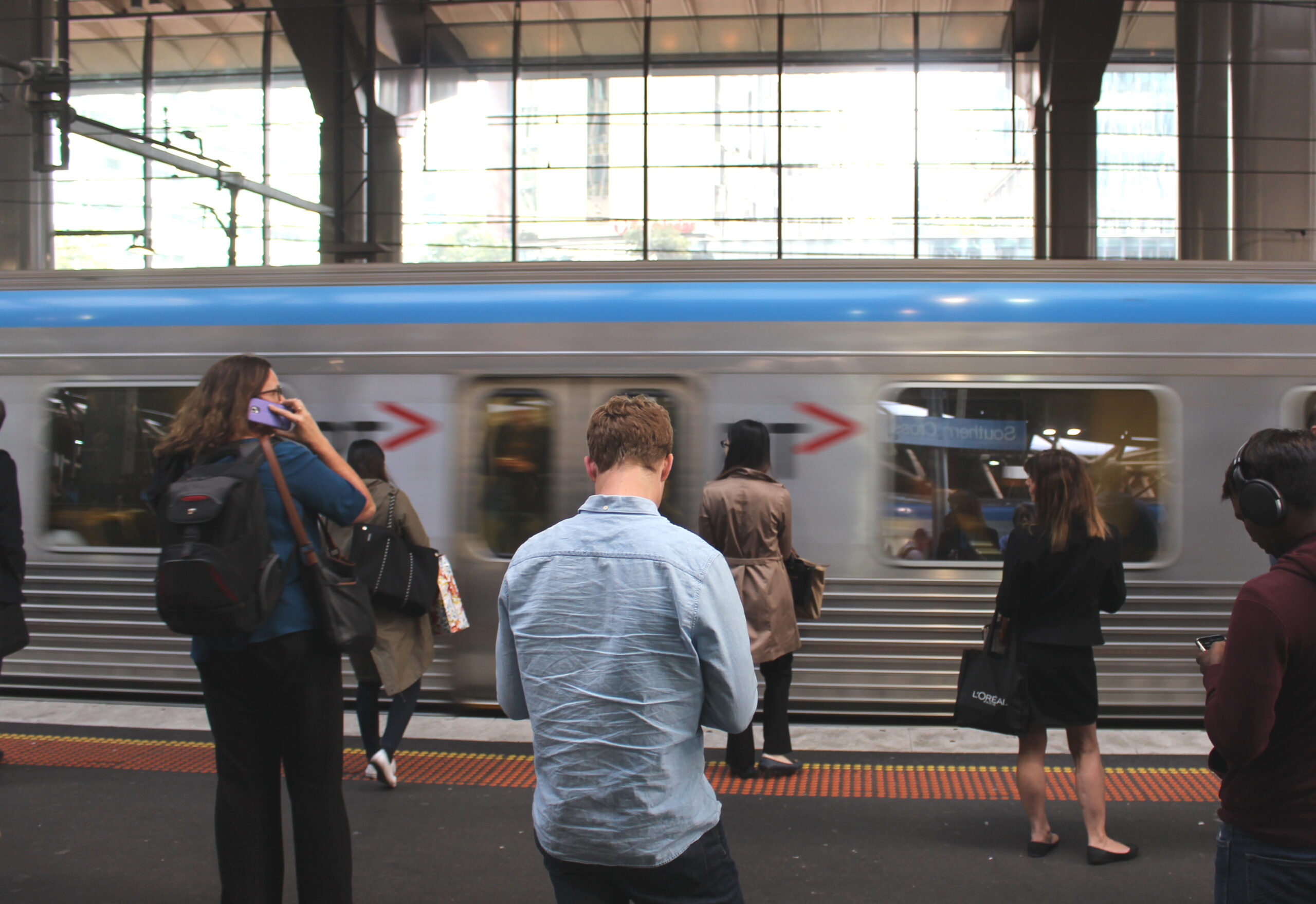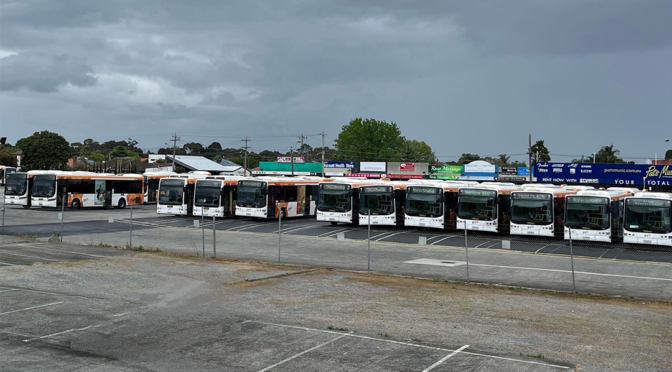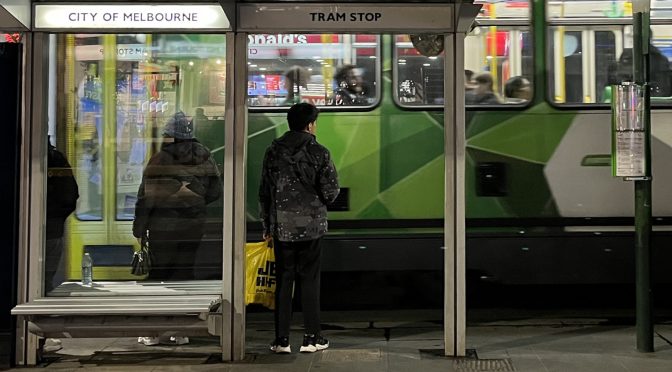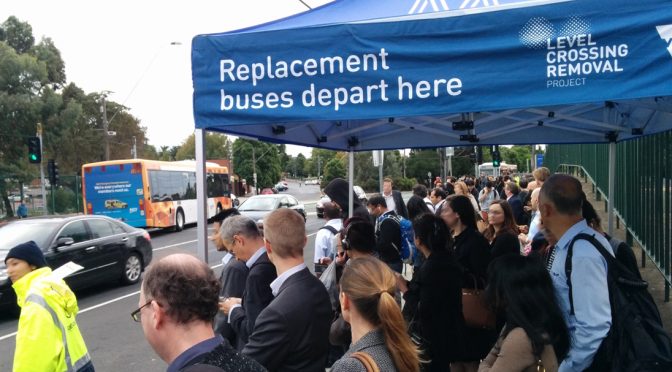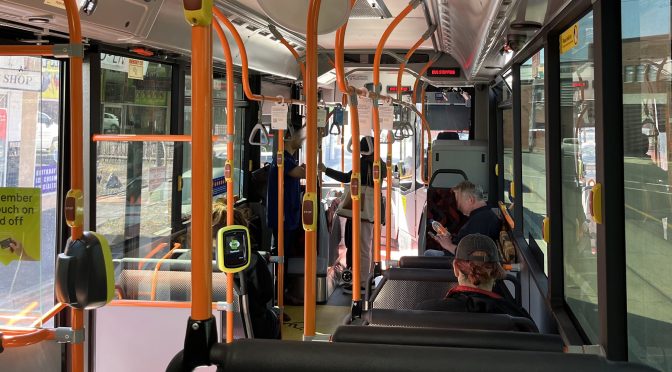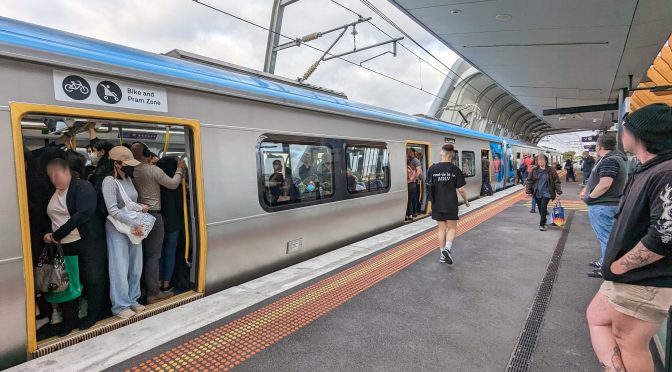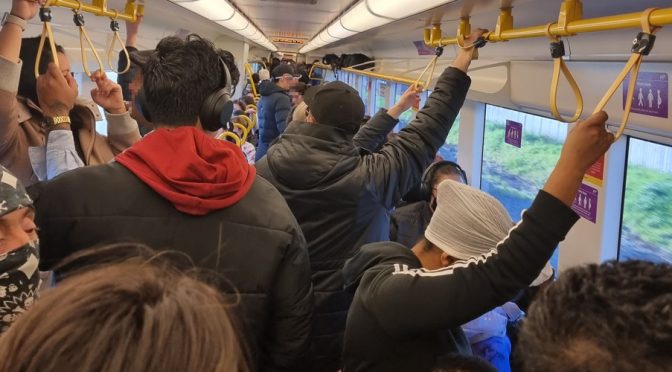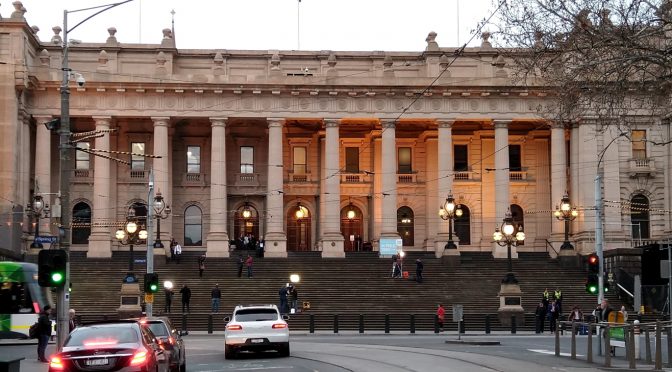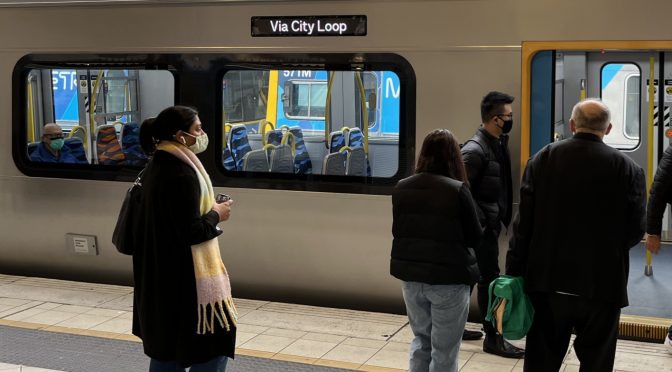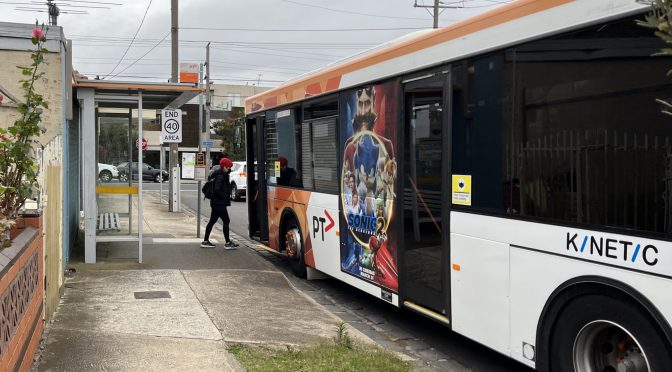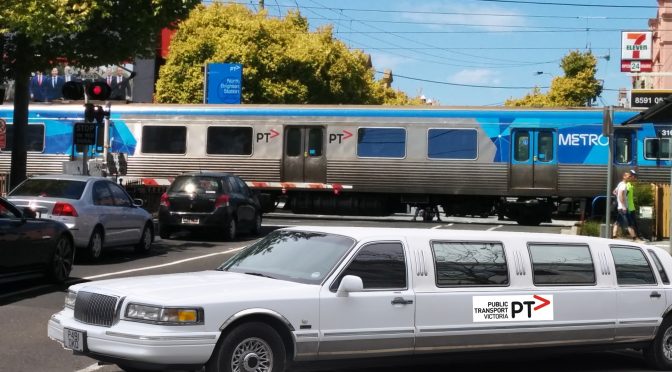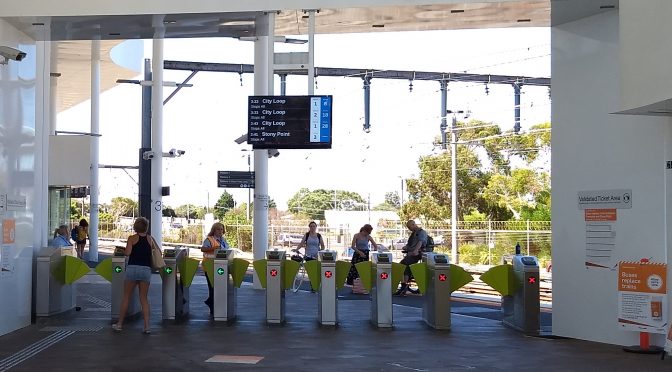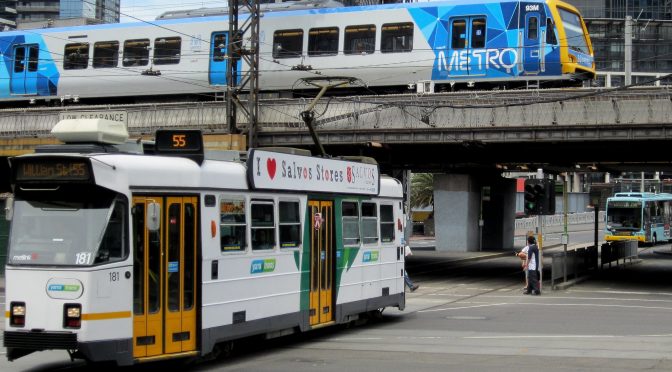Author: PTUA
-
Mulgrave is closed on weekends unless you have a car — PTUA calls for 7-day bus services
The Public Transport Users Association (PTUA) is calling on all Mulgrave by-election candidates to champion 7-day bus services on crucial routes within the electorate. Key Mulgrave bus routes 800, 802, 804, 814 and 885 do not operate on Sundays despite providing residents in the electorate a connection to destinations such as Chadstone, Monash University, Dandenong,…
-
Fare rise unexpected
The rise to $5 for a single trip and $10 per day for a standard Myki fare is unexpected, given these usually occur in January. The PTUA along with the rest of Victoria has only had a week’s notice of the increase, which is a big jump for most fares. Passengers won’t be welcoming the rise, which…
-
State Budget: Upgrades welcome, but no step change
The Public Transport Users Association (PTUA) has welcomed measures in the 2023 Victorian Budget funding incremental public transport improvements, particularly in outer suburban communities. “Bus upgrades for growth areas such as Melton, Maddingley, Wyndham and Casey will provide vital connections for those communities, enabling better access to education, employment and other opportunities”, said PTUA spokesperson…
-
Dandenong line frequency cuts cause turmoil
The PTUA is alarmed about cuts in the frequency of trains on Melbourne’s busiest rail lines, only days after the completion of works which were supposed to improve services. Having endured the closure of the Cranbourne and Pakenham lines for almost a month to allow the installation of new rail equipment, passengers have had their…
-
V/Line: coming fare cuts set to worsen crowding
Service upgrades, including full length trains, are needed to cope with crowding.
-
PTUA’s scorecard for the 2022 Victorian election
Where are the services? With billions spent on transport infrastructure recently, the time has come for investment in additional public transport services to make the most of it. Our election scorecard reviews differing policies. Some initiatives are already funded, and/or assumed to be locked-in no matter who wins the election – including many infrastructure projects…
-
Victorians want investment in public transport
Polling released today by the Climate Council shows that Victorians want all levels of government to invest more in public and active transport. The PTUA is supporting the Climate Council’s call for governments to allocate at least 50% of their transport budgets to public transport, and 20% to safe walking and biking infrastructure. 80% of…
-
Incremental improvements welcome, still waiting for big investment in service, says PTUA
The Public Transport Users Association has welcomed the Victorian Government’s ongoing commitment to improving the state’s public transport networks, but says Victorians are still waiting for a ‘step change’ investment in service delivery to match the government’s record in building infrastructure. “We’re pleased to see improved metro and regional train services roll out with the…
-
Limos to fix station car park pain
The PTUA has welcomed a new government plan to provide access to public transport by hiring limousines to collect passengers from home to get them to their local station. With some car parks costing more than $100,000 per space, taking train users to the station by limousine has been found to be cost-competitive with the…
-
40 years on, time to scrap the 7-day Myki Pass
Fare reform needed for a post-COVID world The Public Transport Users Association (PTUA) has called on the State Government to review public transport fares, and make adjustments to reflect expected changes to travel demand as Victoria comes out of COVID-19. PTUA spokesperson Daniel Bowen said October 2021 marked the 40th anniversary of Melbourne’s public transport…
-
PTUA welcomes Auditor-General’s report into Transport Planning
The Public Transport Users Association (PTUA) has welcomed the Victorian Auditor-General`s report into Integrated Transport Planning.[1] The Auditor-General found that while the Department Of Transport has more than 40 separate plans and strategies, this does not constitute an integrated transport plan, as required by the Transport Integration Act. PTUA spokesman Daniel Bowen said the PTUA…
